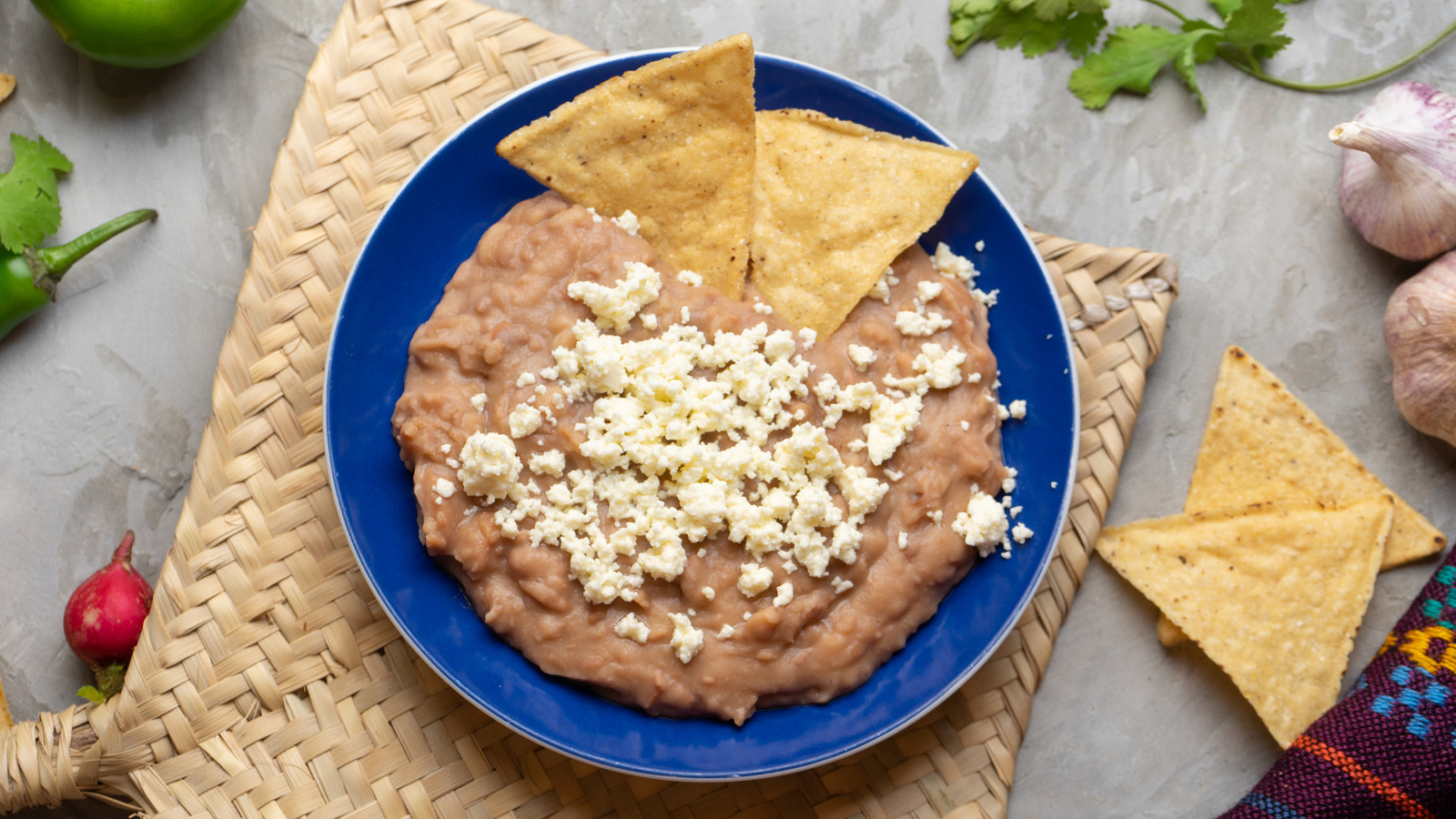
"For homemade taco or enchilada nights, refried beans are both integral and an afterthought; we focus our attention on the main dish (including all kinds of tacos), and heat a can of refried beans on the stove five minutes before we're ready to eat. While canned refried beans are convenient, they're no match for the creamy and flavorful ones served at your local Mexican restaurant. If you're wondering what the secret ingredient for restaurant-quality refried beans is, the answer is fat."
"Made from rendered pork fat, lard became a crucial part of Mexican cooking when pigs were introduced to Mexican soil by the Spanish. It's the base of many popular recipes, from Tasting Table's chicken-and-poblano tamales to flour tortillas. While lard has been replaced with vegetable oil or shortening in many households, the distinct richness and velvety texture it imparts to a skillet of refried beans is hard to beat."
Restaurant-quality refried beans gain their creaminess and depth from added fats such as lard or bacon drippings. Fat enhances flavor and serves as a flavorful foundation across culinary applications. Lard, rendered pork fat introduced after the Spanish brought pigs to Mexico, underpins many Mexican dishes including tamales and flour tortillas. While many households now use vegetable oil or shortening, lard and bacon grease deliver distinct richness and a velvety texture that canned beans lack. Crema, butter, olive oil, or vegetable oil can improve consistency and richness. When cooking from dried beans, build the broth with chopped bacon, seasonings, and aromatics during slow cooking, then mash and finish in a skillet with several tablespoons of fat.
Read at Tasting Table
Unable to calculate read time
Collection
[
|
...
]